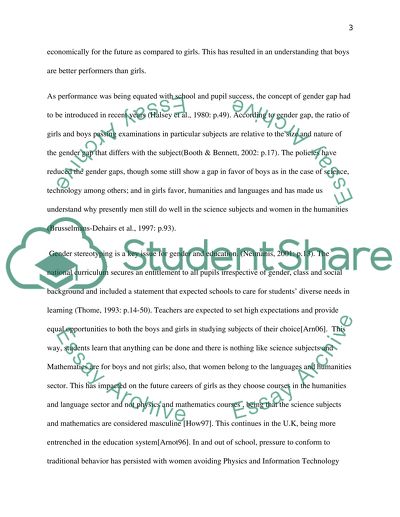Cite this document
(“Gender Equality Education in the U.K Essay Example | Topics and Well Written Essays - 1250 words”, n.d.)
Gender Equality Education in the U.K Essay Example | Topics and Well Written Essays - 1250 words. Retrieved from https://studentshare.org/education/1644716-gender-equality-education-in-the-uk
Gender Equality Education in the U.K Essay Example | Topics and Well Written Essays - 1250 words. Retrieved from https://studentshare.org/education/1644716-gender-equality-education-in-the-uk
(Gender Equality Education in the U.K Essay Example | Topics and Well Written Essays - 1250 Words)
Gender Equality Education in the U.K Essay Example | Topics and Well Written Essays - 1250 Words. https://studentshare.org/education/1644716-gender-equality-education-in-the-uk.
Gender Equality Education in the U.K Essay Example | Topics and Well Written Essays - 1250 Words. https://studentshare.org/education/1644716-gender-equality-education-in-the-uk.
“Gender Equality Education in the U.K Essay Example | Topics and Well Written Essays - 1250 Words”, n.d. https://studentshare.org/education/1644716-gender-equality-education-in-the-uk.


